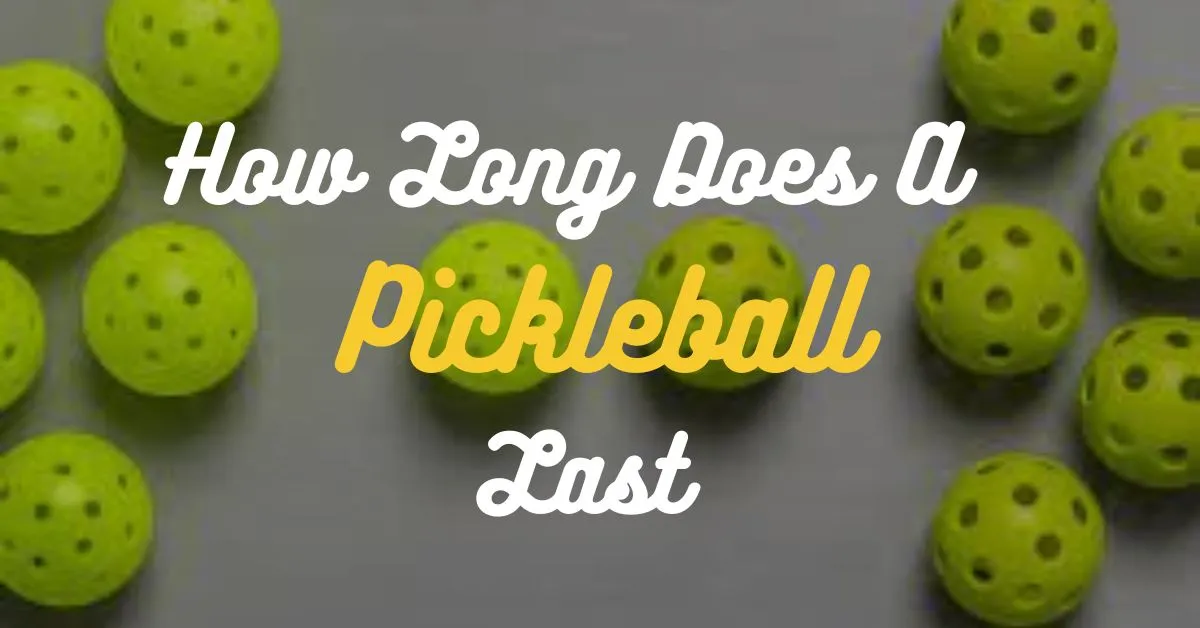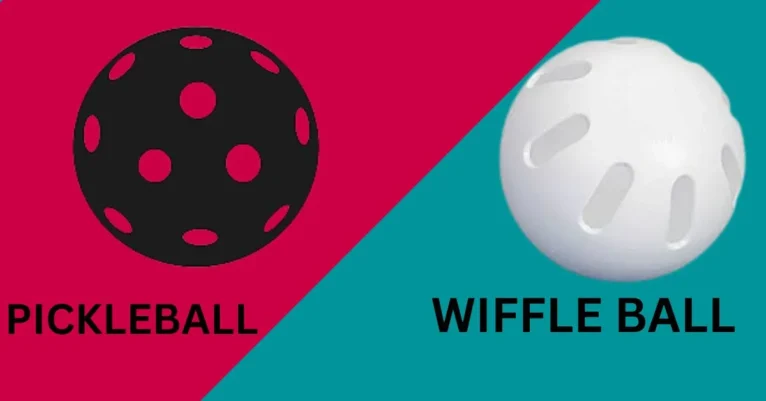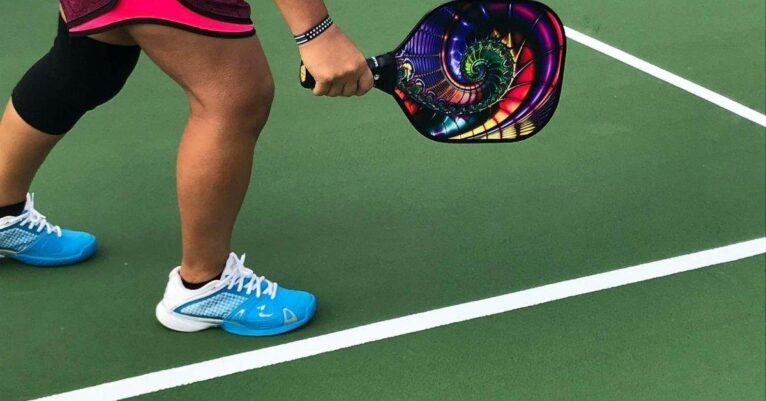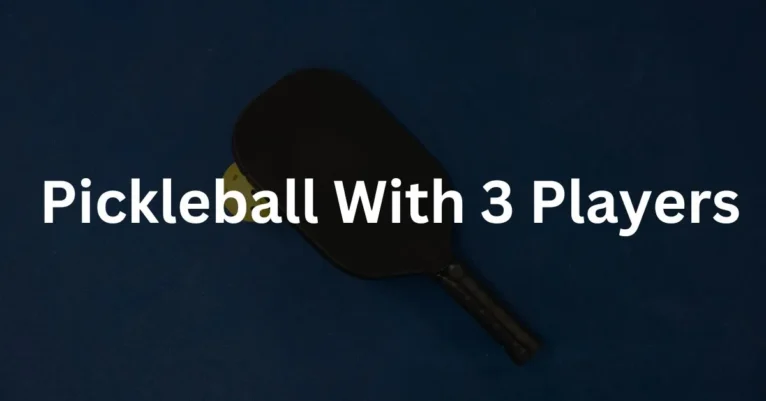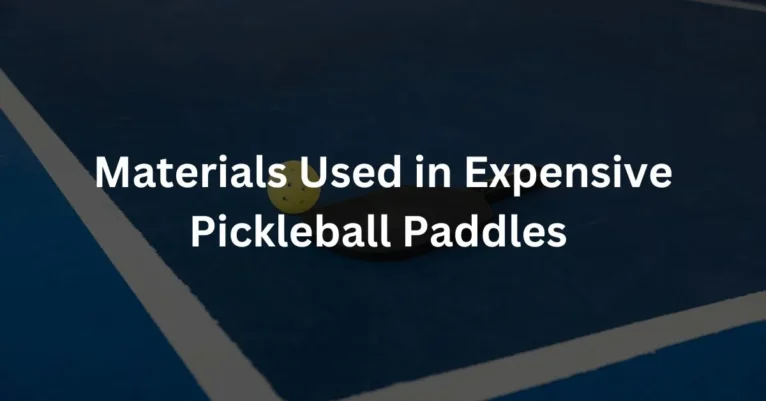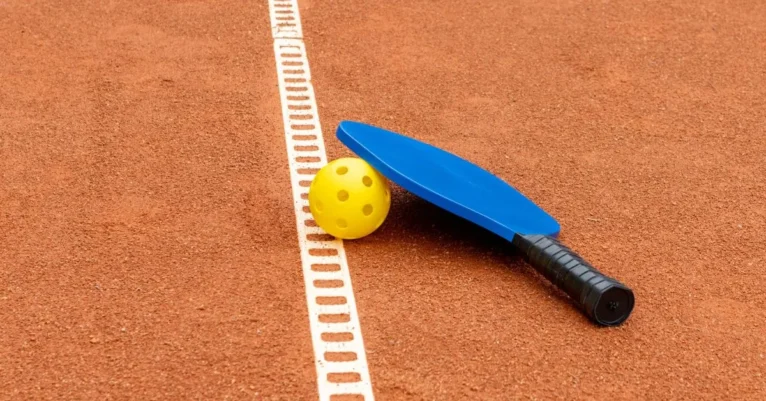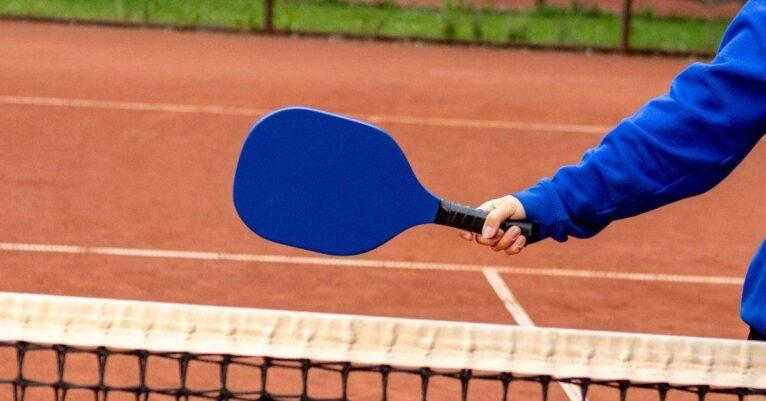How Long Does A Pickleball Last?
In the world of leisure sports, pickleball has taken center stage with its quirky name and engaging gameplay. But have you ever wondered about the lifespan of a pickleball? Did you ever think How Long Does A Pickleball Last? No? Let’s embark on a journey to unravel this intriguing question and discover how long this little ball of fun lasts.
The Basics of Pickleball Construction
Before delving into the lifespan, let’s understand what makes up a pickleball. Typically, pickleballs are crafted from a unique blend of plastic materials. They sport dozens of small holes, allowing for optimal aerodynamics during gameplay. This design is not just for show. It plays a crucial role in the ball’s performance on the court.
The Wear and Tear of Play
As with any sport, pickleball involves its fair share of action; swift rallies, deft serves, and the occasional bounce on the court surface. All this movement and interaction with paddles can cause wear and tear on the pickleball balls. The surface of the pickleball may experience abrasion. The impact of rallies can contribute to its aging process.
Factors Influencing Pickleball Longevity
Several factors come into play when determining how long a pickleball lasts. Let’s break them down:
Frequency of Play: The more you play, the quicker the wear. Pickleballs used daily may show signs of aging sooner than those used less frequently.
Court Surface: The type of court surface matters. Hard surfaces may cause more impact and wear on the ball compared to softer surfaces.
Paddle Material: The material of the paddle can influence how the ball reacts. Softer paddles may cause less stress on the ball during play.
Storage Conditions: Proper storage matters. Extreme temperatures or exposure to direct sunlight for prolonged periods can impact the ball’s integrity.
The Telltale Signs of an Aging Pickleball: When to Waste It?
Now, how do you know when your pickleball is showing signs of its age? See these indicators:
Surface Scuffing: Scratches or scuffs on the surface of the ball may indicate wear.
Loss of Bounce: If your ball doesn’t bounce as lively as it used to, it might be reaching the end of its prime.
Visible Cracks: Cracks, no matter how small, can be a sign that the ball’s structure is compromised.
Related: Pickleball Balls Indoor Vs Outdoor
Pickleball Longevity Tips: Extend the Fun
While pickleballs aren’t immortal, there are ways to extend their lifespan and keep the good times rolling:
If you have multiple balls, rotate their usage. This spreads out the wear and tear. Keep your pickleballs in a cool, dry place. Avoid extreme temperatures that can affect their composition. Periodically inspect your balls for signs of wear. If they’re showing their age, consider retiring them.
Conclusion:
In the grand tapestry of sports, this game has secured its place as a beloved pastime. While the lifespan of a ball might not be eternal, the joy it brings to players certainly is. So, whether you’re a seasoned player or just dipping your toes into the world of pickleball, savor the moments on the court, and let the longevity of the game be a testament to the enduring fun it provides.

